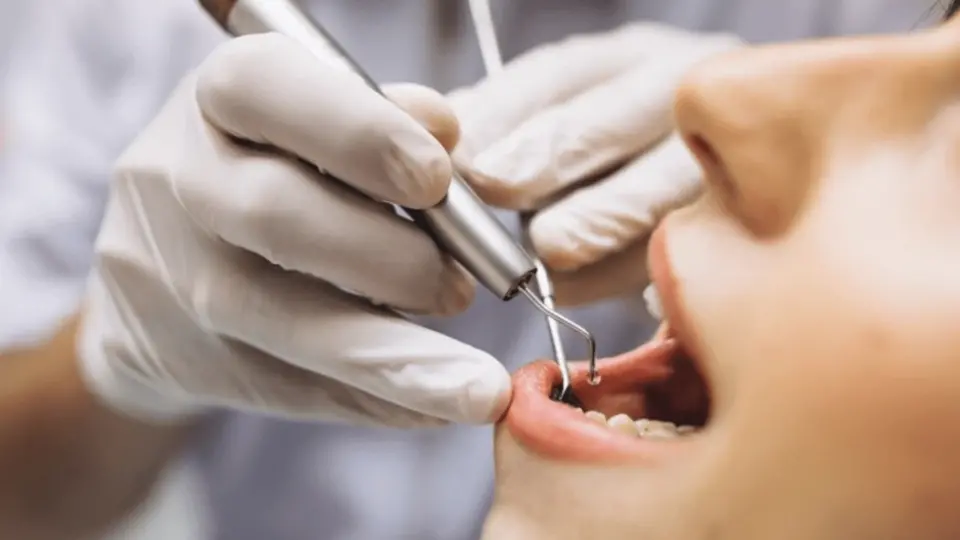The moment you say the word “dentist” around a group of kids, you’re bound to get a range of reactions: wide-eyed stares, nervous laughter, and maybe even a sudden need to disappear behind the couch. While adults are usually pretty good at masking discomfort, kids? They don’t hold back. And that’s exactly why their opinions matter most—because they’re honest.
For years, pediatric dentists have tried to perfect the “kid-friendly” experience. But what happens when a dental clinic stops guessing what kids want—and actually listens to what they say? That’s the story we’re diving into today. Because understanding children’s thoughts about dental visits is more than just a curiosity—it’s the key to transforming fear into confidence, and patients into willing participants.
How Do Children Express Their Feelings About Visiting The Dentist?
Spoiler alert: most children don’t sit down and say, “I’m experiencing mild dental anxiety due to sensory overload and unfamiliar procedures.” Instead, they express themselves in far more creative—and sometimes confusing—ways. But if we’re really paying attention, the signs are all there.
Here’s how kids typically show how they feel about the dentist:
- Verbal cues: They might say things like “I don’t want to go,” “It’s scary,” or even “Do I have to open my mouth today?” These phrases, though simple, often mask deeper feelings of vulnerability or fear of the unknown.
- Body language: Clenched fists, tightly crossed arms, hiding behind a parent, or even attempts to bolt from the exam room are clear signs of distress.
- Creative outlets: Some kids draw pictures of monsters with dentist tools, or create stories where tooth fairies are replaced by “tooth pirates.” These playful expressions can actually reveal deeper anxieties or questions.
- Silence: Don’t be fooled—when a child is unusually quiet during a visit, it’s often because they’re overwhelmed. Silence is a protective shield, not necessarily a sign of cooperation.
In essence, kids speak volumes without needing big words. The real trick is learning to decode their language—and respond with empathy, not just efficiency.
What Factors Influence a Child’s Experience at The Dental Clinic?
A child’s perception of the dentist isn’t formed in the chair—it starts the second they walk through the door (sometimes even before that). The overall experience is a blend of sensory input, emotional reassurance, and trust-building. And when even one of these elements is off, it can turn into a less-than-fun memory.
Let’s explore what really shapes a kid’s experience:
- Environment: Bright lights, cold metal tools, and antiseptic smells can be overwhelming. A welcoming, colorful space with kid-friendly decor can ease that initial anxiety.
- First impressions: The way a receptionist greets a child matters. A warm, enthusiastic hello can set a positive tone before they even see a hygienist.
- Parental influence: Kids pick up on their parents’ emotions. If a parent is tense or dismissive of the dentist, the child likely will be too.
- Past experiences: One rough visit—perhaps with a rushed exam or uncomfortable procedure—can leave a lasting impression. Conversely, a positive experience can make future visits feel like no big deal.
- Communication style: Dentists who speak to children on their level, explain tools in simple terms, and involve them in the process help demystify the experience.
One pediatric clinic took these factors seriously—and decided to do something bold. Instead of building a space that they thought kids would like, they asked kids what they wanted. And the results? A truly transformative dental care experience.
How Can Pediatric Dentists Better Understand Young Patients’ Needs?
It’s one thing to treat kids—it’s another to truly understand them. That’s where this story takes a turn. One pediatric dental clinic decided to get real feedback, directly from the kids they serve. Not just satisfaction surveys handed to parents—but actual conversations, drawings, and feedback sessions with their young patients.
Here’s what they learned—and what any pediatric dentist can apply:
- Give kids a voice: Set aside a few minutes to ask children how they feel after their visit. Let them color a face chart, draw a picture of their experience, or even role-play with puppets.
- Make the tools less intimidating: Several kids shared that “the tools look scary” or “the suction tube sounds like a monster.” The clinic responded by naming tools fun things like “Mr. Slurpy” and “the tooth tickler,” instantly making them more approachable.
- Involve kids in their care: Let them choose the flavor of fluoride, hold a mirror to watch their cleaning, or “help” count their teeth. Empowerment = comfort.
- Adjust the pace: One of the biggest complaints? “It was too fast.” Kids want time to ask questions, take breaks, and understand what’s happening. This clinic responded by adding buffer time into every appointment.
- Design with kids in mind: Based on feedback, the clinic added a reading nook, bubble wall, and even a silly joke station. Because who says dental visits can’t be fun?
By listening—and acting—this clinic didn’t just make visits more enjoyable. They built trust that will last for years. And for kids, trust is everything.
Why is Listening to Kids Important in Pediatric Dental Care?
Here’s the truth: pediatric dentistry isn’t just about cleanings, sealants, and cavity prevention. It’s about connection. And that starts by truly listening to kids—not just as tiny patients, but as full-fledged people with thoughts, feelings, and opinions that matter.
Why does listening matter so much?
- It builds trust: When kids feel heard, they’re more likely to trust their provider—and less likely to resist or fear future visits.
- It improves cooperation: Children who feel like part of the process are more willing to participate. They’re not being forced to sit still—they’re choosing to be involved.
- It empowers them: Encouraging kids to speak up about how they feel sets the foundation for lifelong healthcare confidence—not just at the dentist, but in every medical setting.
- It prevents trauma: Many dental phobias stem from childhood experiences where fear was ignored. Listening helps prevent that and ensures each child feels safe and respected.
One of the young patients at this standout clinic put it best: “I like coming here because they don’t just look at my teeth—they listen to me.” That, right there, is the goal.
Listening: A Key to Empowering Pediatric Dentistry
What children say about their dental visits can be difficult to hear, but it’s always valuable. From playful references to “suction monsters” to descriptions of “tickle tools,” kids express their experiences in imaginative and emotional ways. When pediatric dental professionals truly listen to these insights, something remarkable happens.
Dental care shifts from being a daunting task to becoming a positive, empowering experience. Kids who feel safe and confident at the dentist are more likely to carry that comfort into adulthood, making long-term oral health a natural priority.
Next time a young patient presents a drawing of a dentist with rainbow hair and a dancing toothbrush, don’t simply smile and hang it up. Take a moment to ask what it signifies. Understanding their perspective could lead to important changes in how we approach pediatric dentistry, fostering even better patient experiences in the future.
Let’s Make Every Visit a Win—Join the Cascade Dental Family Today
At Cascade Dental, we don’t just care for teeth—we care for the people behind the smiles. From your child’s first visit to their growing confidence in the chair, our team is here to listen, engage, and create an experience they’ll actually enjoy.
Ready for dental care that feels personal, playful, and pressure-free? Let’s grow healthy habits together—schedule your child’s appointment with Cascade Dental today!

